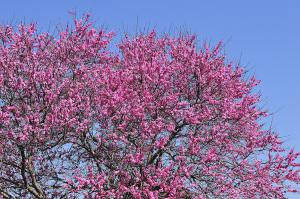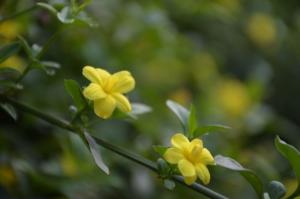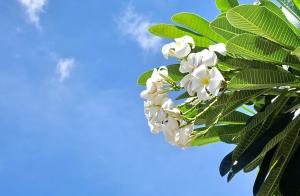What plant grows in acidic water?
Acidic water is a common problem in many parts of the world, especially in areas where there are high levels of industrial activity or where land use practices have disrupted the natural environment. These conditions can lead to the creation of acidic waters that are inhospitable to many types of aquatic organisms, including fish and other wildlife.
Despite these challenges, there are plants that are able to grow in acidic waters. One of the most well-known examples of this is the bog plant, which is found in wetlands and other boggy areas. These plants have adapted to the unique conditions of acidic waters by developing special mechanisms to absorb nutrients and other necessary elements from the water.
The mechanics of growing in acidic water
One of the key adaptations of bog plants is their ability to absorb nutrients directly through their leaves. This allows them to extract the necessary elements they need from the water rather than through the soil. In addition, these plants have special adaptations in their roots that allow them to tolerate the high levels of acidity in the water.
Another important factor in the ability of bog plants to grow in acidic water is their ability to form a symbiotic relationship with certain types of fungi. These fungi help the plants to extract essential nutrients from the acidic water, which is necessary for their survival.
Examples of bog plants
There are a variety of different bog plants that are able to grow in acidic water. Some of the most common examples include:
Pitcher plants: These plants use their pitcher-shaped leaves to capture and digest insects, which provide them with the nutrients they need to survive.
Sundews: These plants have leaves that are covered in small, sticky hairs that trap insects. Once the insect is trapped, the plant begins to digest it, extracting the necessary nutrients.
Sphagnum moss: This moss is found in wetlands and bogs and is a key component of many bog ecosystems. It is able to absorb and retain large amounts of water, which is necessary for its survival in acidic environments.
Benefits of bog plants
Bog plants are not only able to survive in acidic water, but they also provide a number of benefits to the ecosystem. One of the most important benefits is their ability to act as natural filters, removing pollutants and other harmful substances from the water. They also provide important habitat for a variety of wildlife, including birds, fish, and other aquatic organisms.
Additionally, many bog plants have medicinal properties and have long been used by cultures around the world to treat a variety of ailments.
Conclusion
While acidic water can pose a challenge for many types of aquatic life, there are plants that have adapted to these conditions and are able to survive and thrive in these environments. Bog plants, with their unique adaptations and symbiotic relationships, provide a number of benefits to the ecosystem and are an important part of many wetland and bog ecosystems around the world.

 how many times do yo...
how many times do yo... how many planted tre...
how many planted tre... how many pine trees ...
how many pine trees ... how many pecan trees...
how many pecan trees... how many plants comp...
how many plants comp... how many plants can ...
how many plants can ... how many plants and ...
how many plants and ... how many pepper plan...
how many pepper plan...































